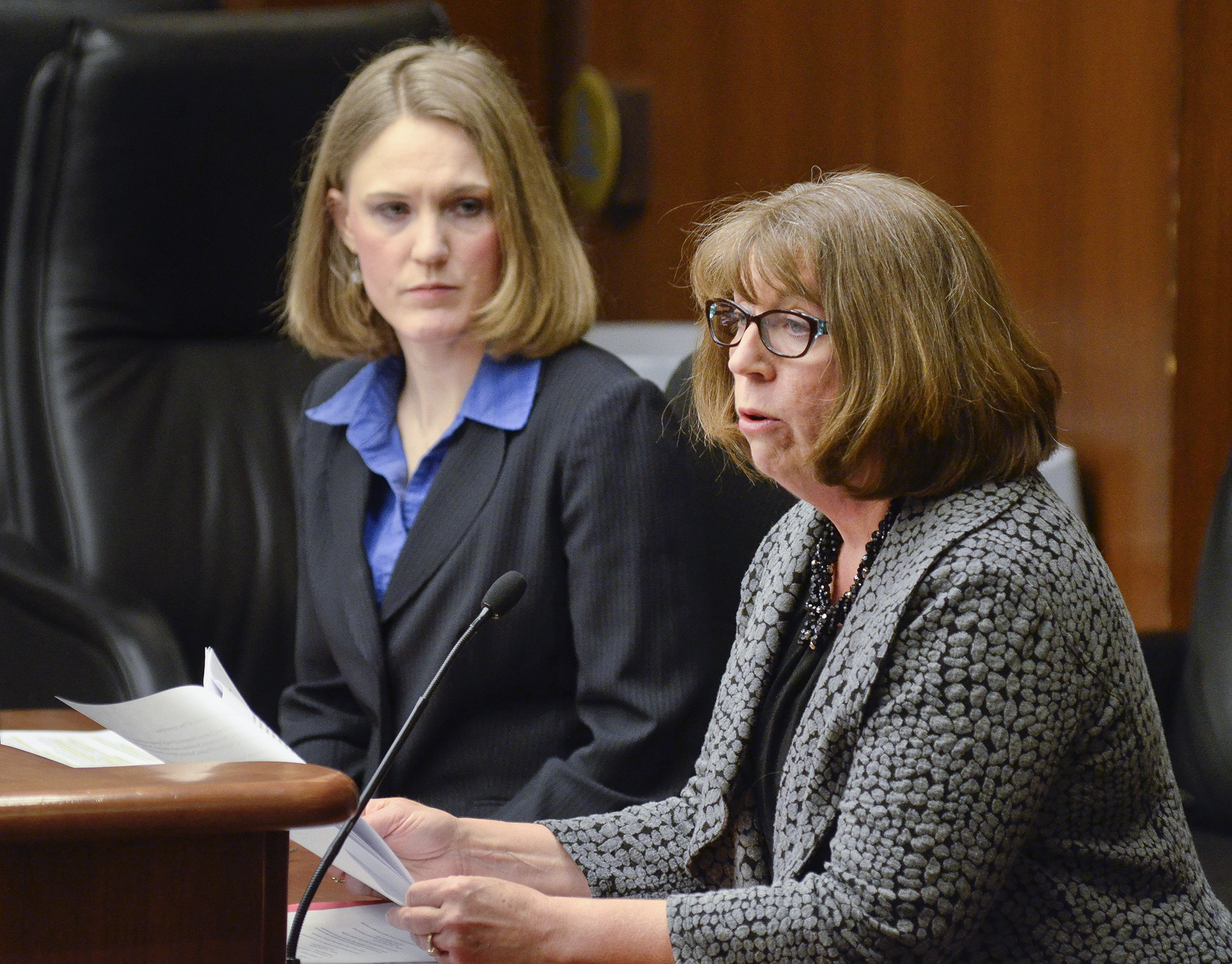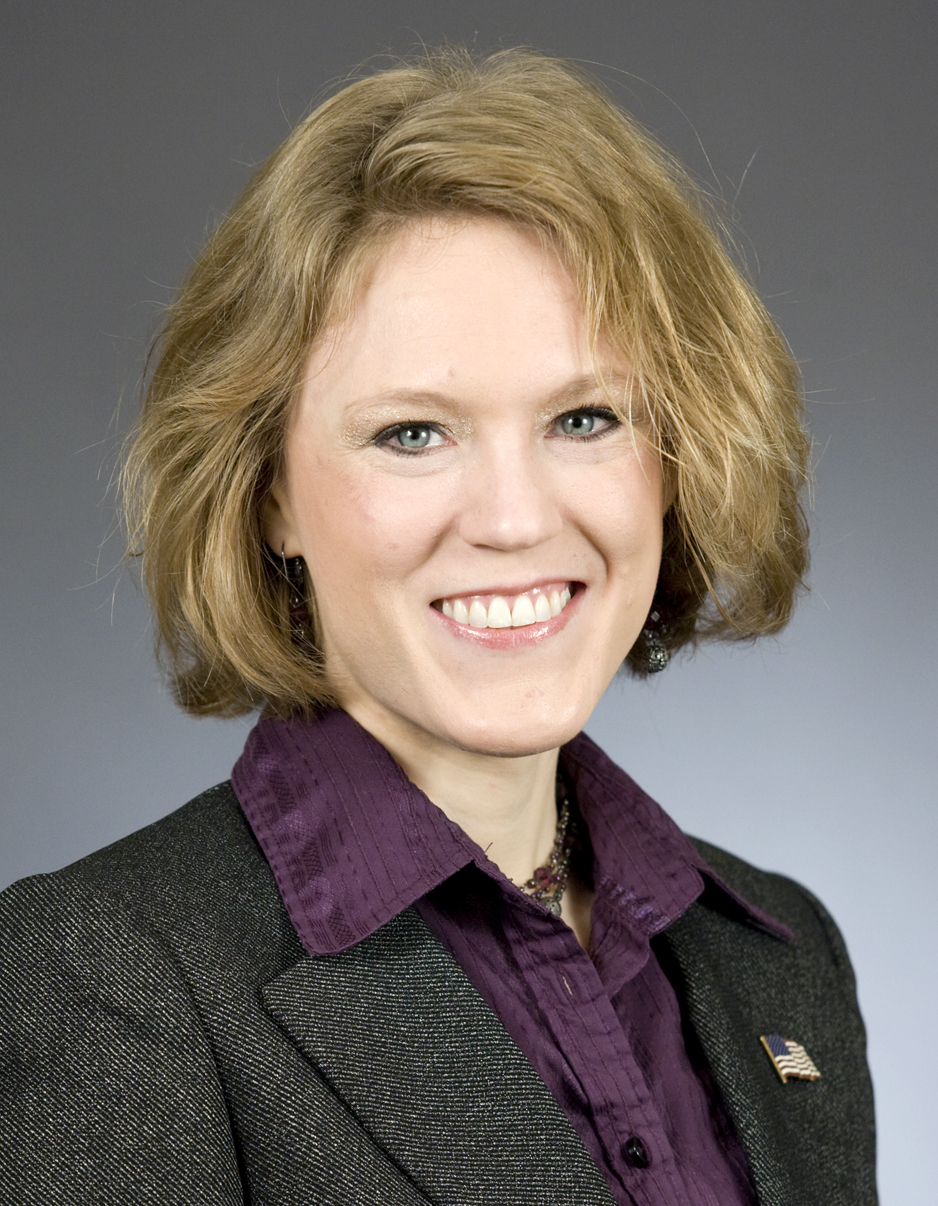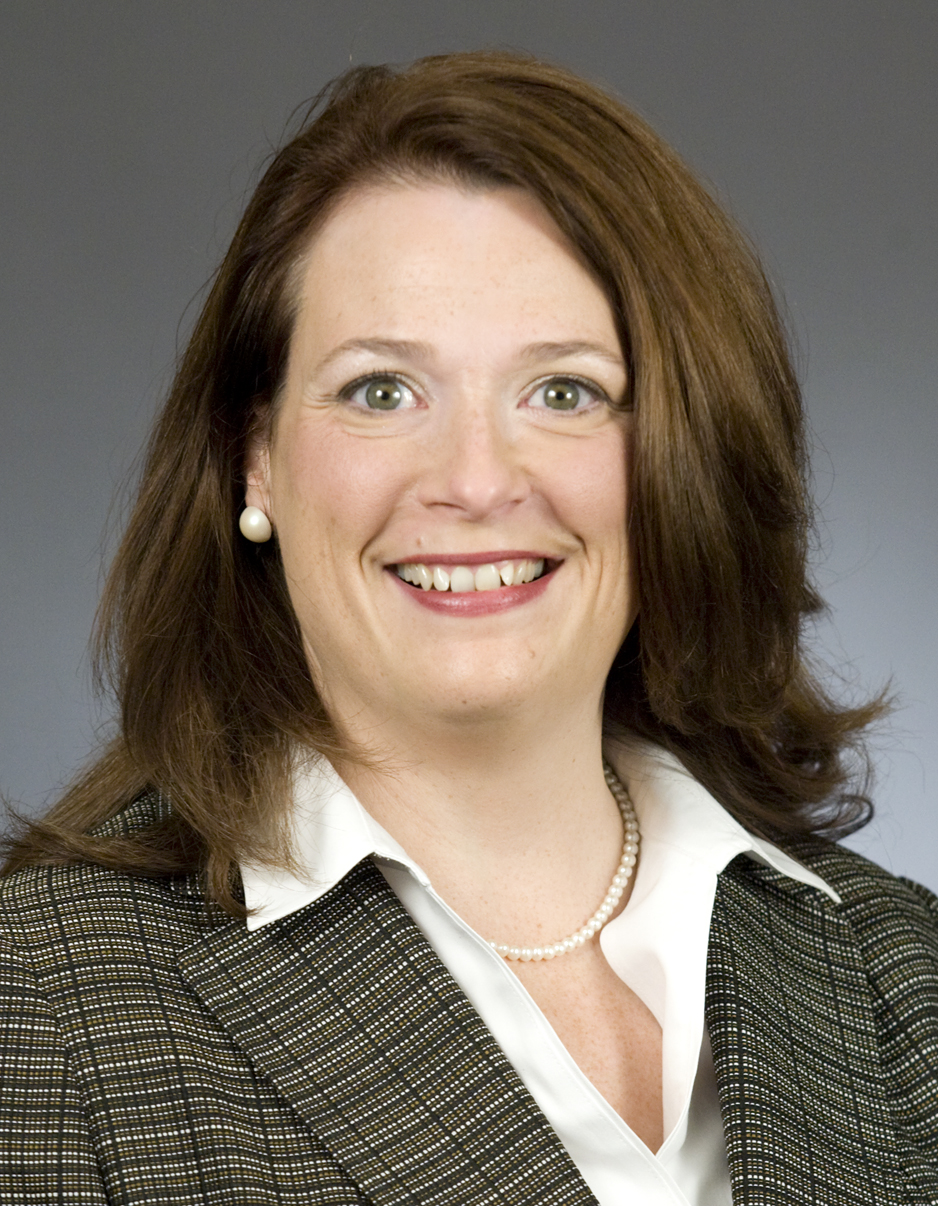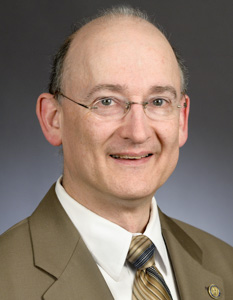Bipartisan support shown for homeless youth aging out of services

A 21-year-old man named Shane became homeless as a teenager. Shane turns 22 in July, but he’s not quite ready to navigate adulthood on his own, according to social service representatives who are helping him on his journey to self-sufficiency.
But state-funded services for homeless youth end when they reach age 21, so those same service providers are struggling to piece together the resources he’ll need to continue his goals, according to Michael Dahl, advocacy coordinator for Beacon Interfaith Housing Collaborative. The collaborative operates 42 studio apartments with supportive services designed for youth ages 16-21.
Using the federal Housing and Urban Development department’s discretionary definition of youth, Minnesota could increase the maximum “homeless youth” age to 24 under HF581.
Sponsored by Rep. Anna Wills (R-Apple Valley), the bill was approved by the House Health and Human Services Reform Committee Wednesday and referred to the House Health and Human Services Finance Committee. Sen. D. Scott Dibble (DFL-Mpls) sponsors SF548, a companion that was approved Monday by the Senate Health, Human Services and Housing Committee and referred to the Senate Finance Committee.
The bill would enable Shane and other homeless youths who age out of childhood services to have a continuum of care that more directly meets their needs, rather than placing them on a mat in adult shelters which presents a different set of challenges for vulnerable youths.
“I want to get these kids the help they need early. Part of it is it saves money in the long run and part of it is it saves some of the heartache in the long run,” Wills said.
There are many reasons why youths find themselves on the street. They’ve aged out of foster care, left home due to neglect or abuse, or family finances are limited to younger siblings, Dahl said.
Rep. Duane Quam (R-Byron) is empathetic and said he supports the bill. He lived in his car during a period in college and said anyone can find themselves in that situation.
Homeless people count
An Amherst H. Wilder Foundation study conducted in October 2012 counted 1,151 youths living on their own in Minnesota, including 1,005 age 18 through 21. Identifying homeless youths is problematic, however, because they tend to “couch-hop” or “stay on the move” throughout the night so they can’t be identified, according to Patrice O’Leary, senior director of youth, housing & family resources at Lutheran Social Service of Minnesota. In Brainerd, they can be found in fish houses or at the cemetery. In Mankato, they may catch an hour or two of sleep in their cars in a retail parking lot before moving to the next spot, O’Leary said. The public schools have identified 13,000 homeless students, she added.
Every two years in January, people fan out across their communities to count homeless people on the streets and in area shelters. Called Continuums of Care, they collect information on the number and characteristics of people experiencing homelessness on a single night. These one-night counts, called point-in-time counts, are used by HUD to track homelessness.
It is an issue statewide and the suburbs are not immune, Wills said. Edina may not come to mind, but on the contrary, “We’re trying to build housing in Edina like Nicollet Square because there are youth in the Edina High School system who are homeless. They’ve identified it,” Dahl said.
The cost of homelessness
Begun in 2006, the Minnesota Homeless Youth Act appropriated less than $200,000 a year to serve this population. Funding increased to $4 million in 2013 under legislation sponsored by Rep. Laurie Halverson (DFL-Eagan). Research has shown that the brain is not fully developed until around age 24 and being homeless at this age may result in poor choices that lead to incarceration, emergency room visits and dropping out of school, Halverson said.
“There’s a real economic case to be made for this intervention, and then I think there’s a moral case to be made, as well,” said Halverson, whose district includes Lincoln Place, a homeless youth facility located near a transit route near the new Twin Cities Outlet Mall. The mall provides jobs for several Lincoln Place residents, she said.
There is clearly bipartisan support for the policy decision to raise the age for services to 24.
“Having that stability of having somewhere to go has helped them feel more self-worth and be able to find employment and get on their feet, because their goal is not to stay there,” Wills said.
Last year, another $1 million was appropriated to combat youth homelessness. Administered by the Department of Human Services as a competitive grant program, there were $21 million in projects proposed but only a small portion could be funded.
“Now we’re at $6.238 million [combined],” said Susie Schatz, director of advocacy and volunteer services at Lutheran Social Service of Minnesota.
Advocates are coming back this year for another $4 million to bring it the total appropriated to $10 million. However, the additional $4 million proposed in the bill is not in the governor’s proposed budget so legislators are busy stating their case.
“I’ve certainly reached out to Gov. Dayton’s office. We’re making tough choices all the time in DHS,” Halverson said.
Making the case for more funding
Rep. Peter Fischer (DFL-Maplewood) is “in the trenches,” he said.
As director of finance and operations for Avenues for Homeless Youth, a nonprofit homeless youth shelter in North Minneapolis, he’d like to see some of the proposed funding increase applied toward youth who are pregnant or who have young children, a unique population currently without supportive housing services.
“They want to break the cycle but nobody has ever shown them how,” Fischer said.
Many express a desire to finish school and attend college but lack basic life skills, such as proper nutrition and personal care.
“They’ve been dumpster diving and eating out of garbage cans,” he said.
Competitive grants have paid for drop-in centers and emergency shelters such as hotel rooms in the past. Much of the money in Greater Minnesota was used to implement programs where there were none, Schatz said.
“Homeless Youth Act providers have been very good about pooling together different funding streams to try to serve homeless young people,” Schatz said.
Many people in their 20s have the support of family and friends to fall back on when faced with a crisis.
“Not only do [homeless youth] not have it right now, they haven’t had it before,” Dahl said. “By the time they get to us, they are defined as long-term homeless.”
That means they’ve been homeless for one full year or more than four times in three years.
“What’s striking is so many of these young people are still in school. These young people are resilient and when you can get them in the right services with the right support, they can be empowered,” Schatz said.
A new model for serving homeless youth is emerging called Host Homes, which are short-term licensed foster care beds.
Greater Minnesota uses a different model than the multi-unit facilities of the Twin Cities metropolitan area. Rental assistance and scattered site housing are some ways they help youth, Schatz said.
Related Articles
Search Session Daily
Advanced Search OptionsPriority Dailies
Ways and Means Committee OKs proposed $512 million supplemental budget on party-line vote
By Mike Cook Meeting more needs or fiscal irresponsibility is one way to sum up the differences among the two parties on a supplemental spending package a year after a $72 billion state budg...
Meeting more needs or fiscal irresponsibility is one way to sum up the differences among the two parties on a supplemental spending package a year after a $72 billion state budg...
Minnesota’s projected budget surplus balloons to $3.7 billion, but fiscal pressure still looms
By Rob Hubbard Just as Minnesota has experienced a warmer winter than usual, so has the state’s budget outlook warmed over the past few months.
On Thursday, Minnesota Management and Budget...
Just as Minnesota has experienced a warmer winter than usual, so has the state’s budget outlook warmed over the past few months.
On Thursday, Minnesota Management and Budget...


